There’s a whole world of edible plants that do more than just taste good—they can actually support your health in surprisingly powerful ways. These are the quiet overachievers of the plant world: herbs, greens, flowers, and fruits that nourish your body while also offering natural healing benefits.
From mint that soothes digestion, to garlic that boosts immunity, and turmeric with anti-inflammatory power, many of these plants have been used in traditional medicine for centuries—and they’re just as relevant today. Even better? You don’t need a pharmacy or a massive garden to grow them. Most of these can thrive in pots, window boxes, or even on a sunny shelf.
In this guide, you’ll meet 18 edible plants that pull double duty: they taste incredible and offer real, research-backed wellness perks. If you love food, plants, and the idea of natural remedies you can grow yourself, this list is a must-read.
Turmeric
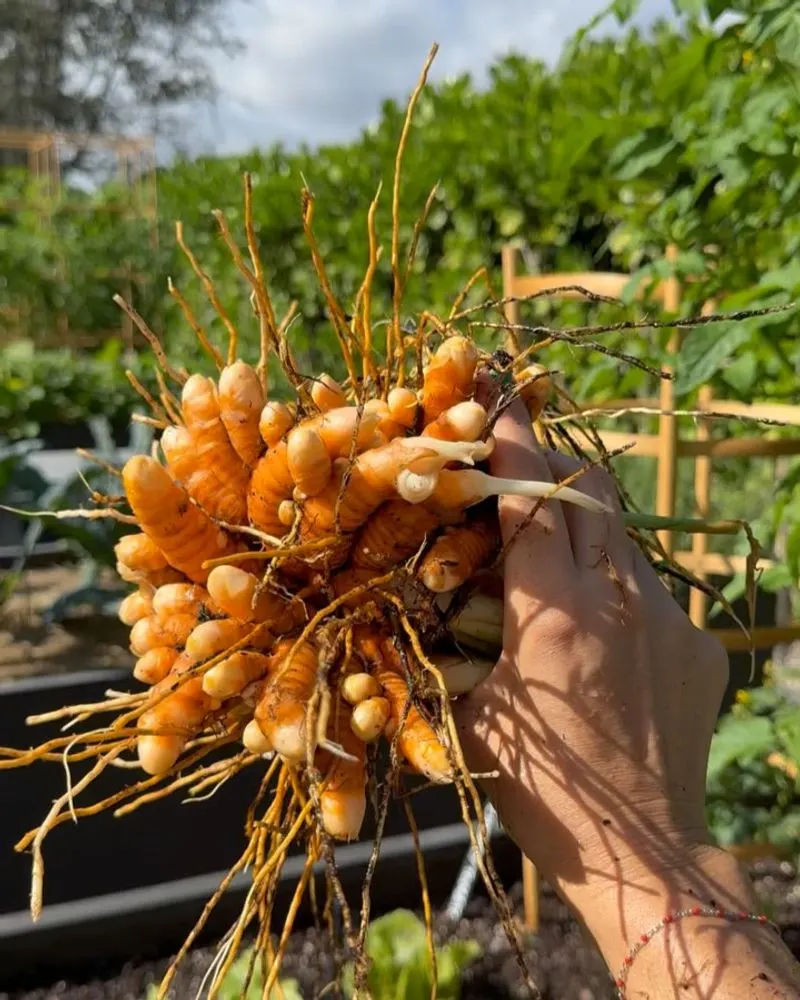
Golden and vibrant, turmeric stands out in any spice rack. Revered for centuries in Ayurvedic medicine, it’s known for its anti-inflammatory properties. This root adds a warm, earthy flavor to dishes, making it a staple in curries and stews.
Did you know turmeric can be transformed into a soothing latte? Just mix it with milk and a touch of honey for a comforting drink. It’s a true culinary chameleon. Whether in savory or sweet dishes, turmeric’s versatility and health benefits are unmatched.
Ginger
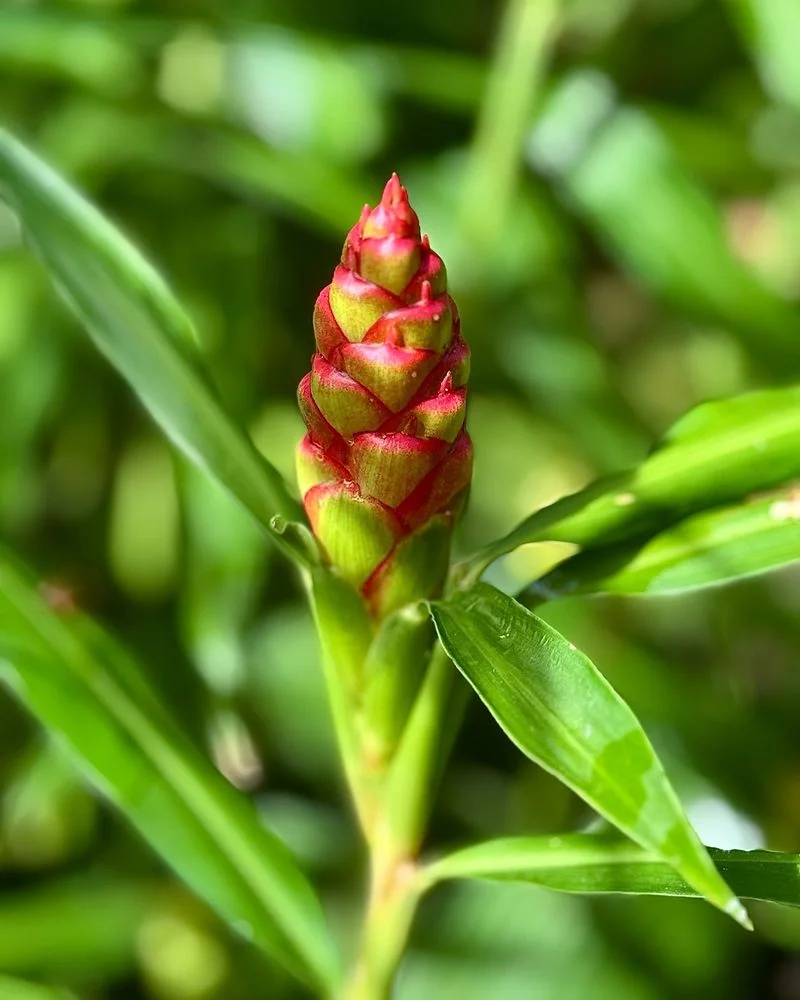
Spicy and aromatic, ginger is a kitchen essential with numerous health perks. Known for its ability to ease nausea, it’s a go-to remedy for upset stomachs. Slice it into teas or grate it into stir-fries for a zesty kick.
Beyond its culinary uses, ginger is cherished for its anti-inflammatory effects. It’s not just about the spice; it’s about the warmth it brings into your meals and health.
Garlic
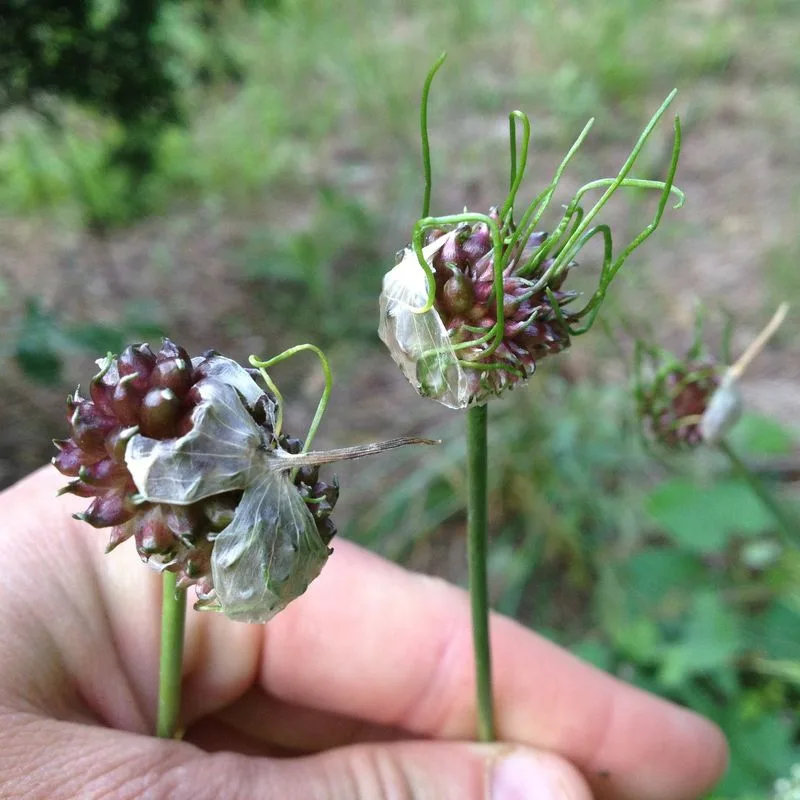
Pungent yet delightful, garlic adds a punch to any dish. Beyond its flavor, garlic is a powerhouse of medicinal properties, known to boost the immune system and lower blood pressure.
Roasting garlic transforms it into a sweet, spreadable treat, perfect for breads. It’s more than just a seasoning; it’s a health-enhancing bulb. Embrace garlic for both its culinary and therapeutic attributes.
Basil
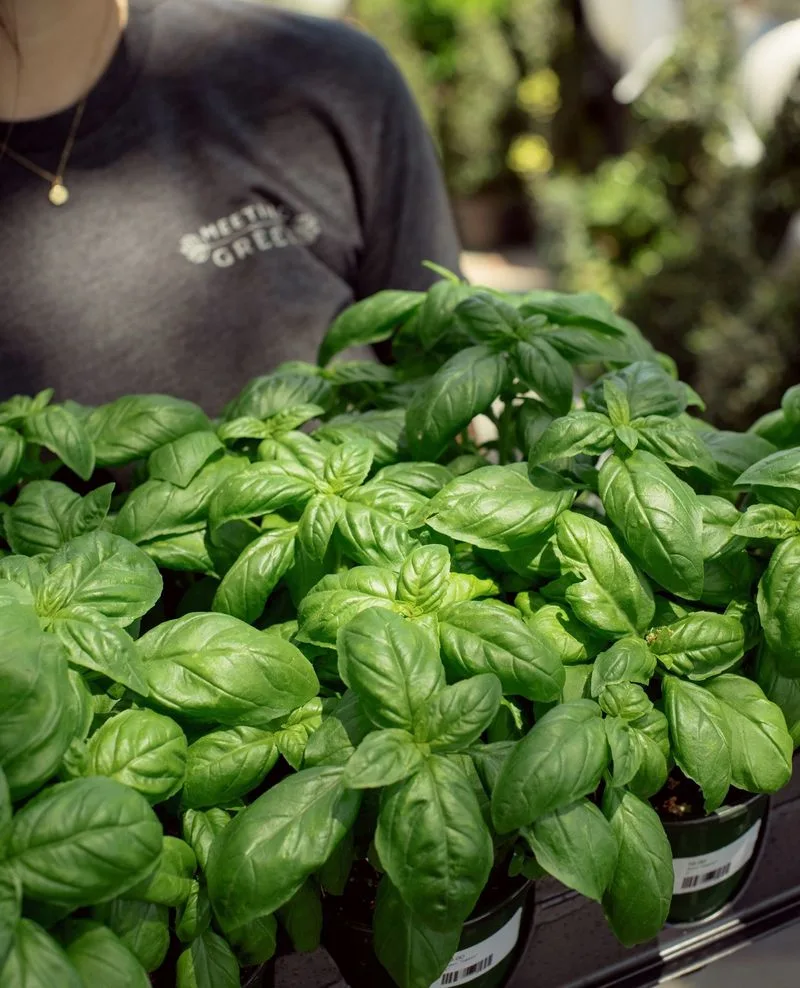
Sweet and peppery, basil is more than just a pizza topping. This aromatic herb is celebrated for its anti-inflammatory and antioxidant properties. Incorporate it into salads or pesto for a burst of freshness.
Basil not only elevates flavors but also supports digestive health. As a natural remedy, it’s a delightful addition to your wellness routine. Embrace its fragrant charm daily.
Rosemary
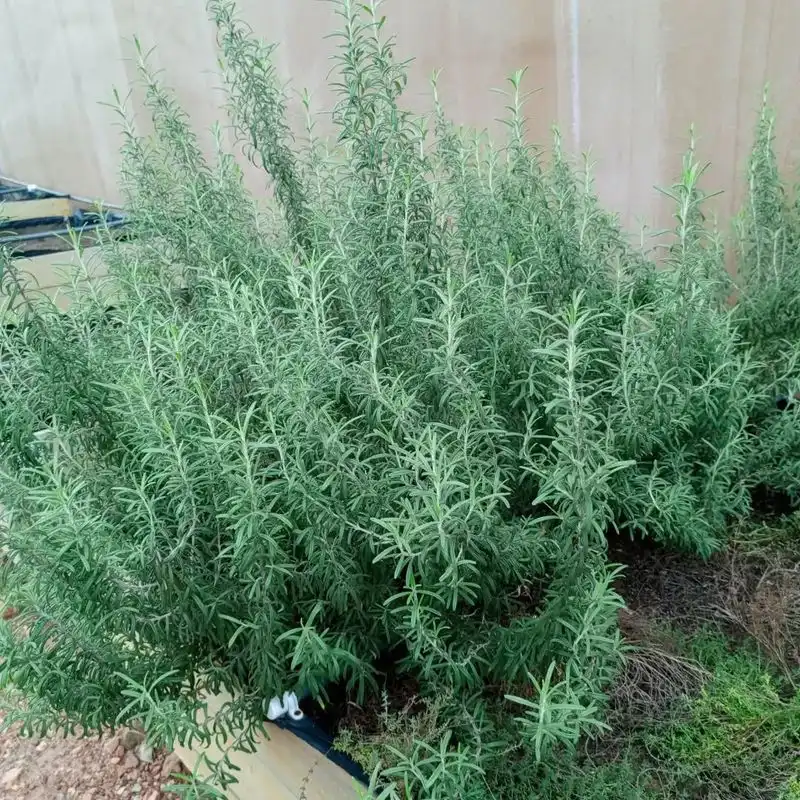
With its pine-like aroma, rosemary evokes memories of hearty meals. This herb is fantastic for enhancing focus and memory. Add it to roasted vegetables or meats for a savory touch.
Did you know rosemary’s scent can reduce stress levels? It’s not just an herb; it’s a calming presence in your kitchen. Enjoy its robust flavor and mental boost.
Mint
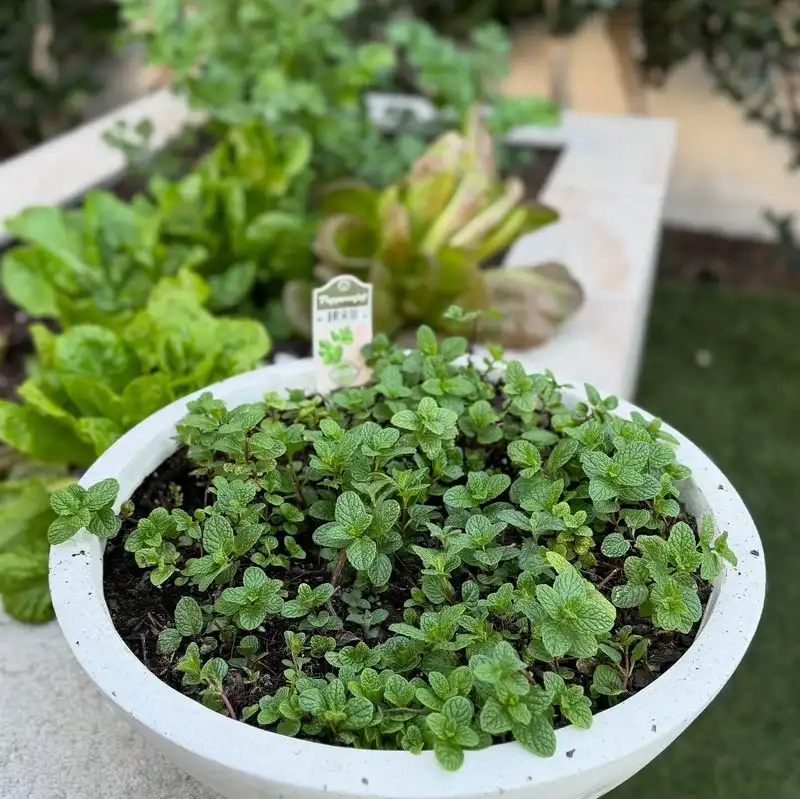
Cool and invigorating, mint is a refreshing herb with digestive benefits. Steep it into teas or muddle it into cocktails for a burst of freshness. Mint leaves are not just for garnish; they are a breath of fresh air.
Beyond its cool flavor, mint can soothe headaches and support respiratory health. It’s an essential herb that revitalizes both body and mind.
Thyme

Earthy and slightly peppery, thyme is a versatile herb in the culinary world. It’s praised for its antibacterial properties and is often used in herbal medicine.
Sprinkle fresh thyme into soups or stews to enhance their depth. More than a seasoning, thyme is a protector of health, adding both flavor and wellness to your meals.
Sage
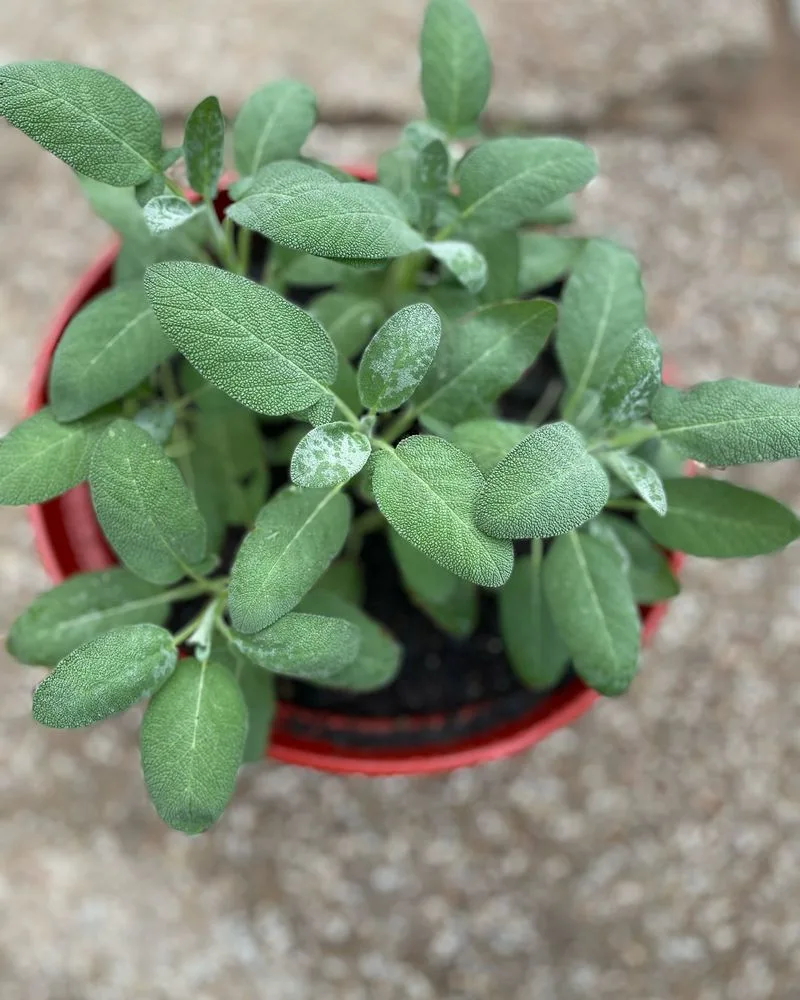
Rich and aromatic, sage is a staple in savory dishes. Known for its potential to support cognitive health, it’s a wise choice for brain function. Sage butter on pasta? Absolutely divine!
This herb’s benefits extend beyond the kitchen, offering anti-inflammatory and antioxidant properties. Sage is a culinary and medicinal gem worth cherishing.
Parsley
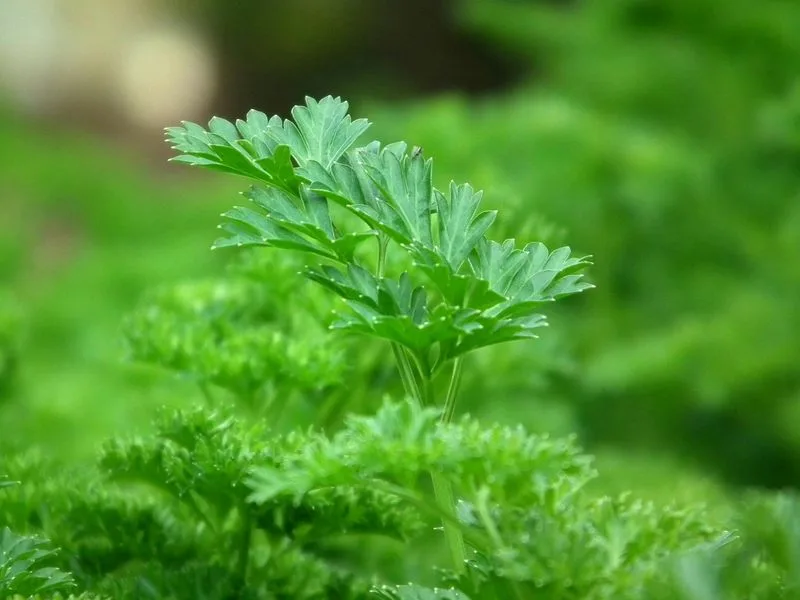
Often underestimated, parsley is a powerhouse of nutrients. Its fresh, peppery taste complements a variety of dishes, from salads to soups.
Parsley is more than a garnish; it’s a rich source of vitamins and antioxidants. Incorporate it generously to reap its health benefits. Its vibrant presence enlivens any meal.
Cilantro
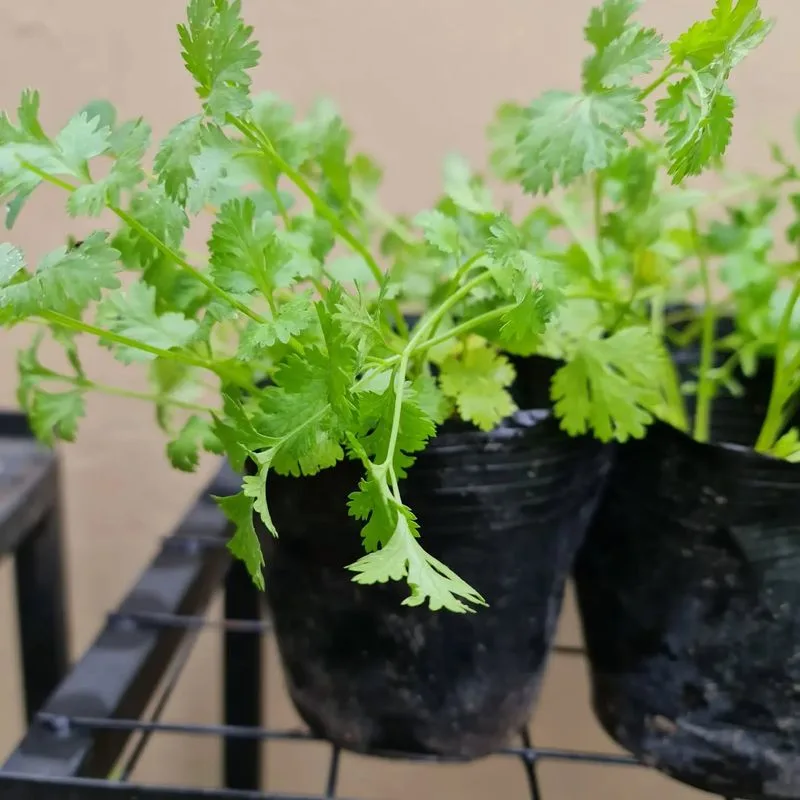
For some, cilantro’s citrusy flavor is irresistible, while others find it soapy. However, its detoxifying properties make it a valuable addition to any diet. Perfect in salsas and guacamole, it adds a fresh, zesty note.
Cilantro supports digestion and is rich in antioxidants. Its unique flavor profile and health benefits make it a versatile herb in culinary and medicinal use.
Lavender

Lavender isn’t just for potpourri; its delicate floral notes can elevate baked goods and teas. Known for its calming effects, it’s a natural remedy for stress relief.
Infuse lavender into syrups or desserts for a touch of elegance. This fragrant flower offers more than beauty; it brings tranquility and flavor to your culinary creations.
Chamomile

Gentle and comforting, chamomile tea is a classic bedtime companion. Its soothing properties aid sleep and digestion, making it a household staple.
Brewing chamomile blossoms into tea offers a moment of peace. It’s more than a beverage; it’s a calming ritual. Enjoy its subtle, apple-like flavor for relaxation and wellness.
Lemon Balm
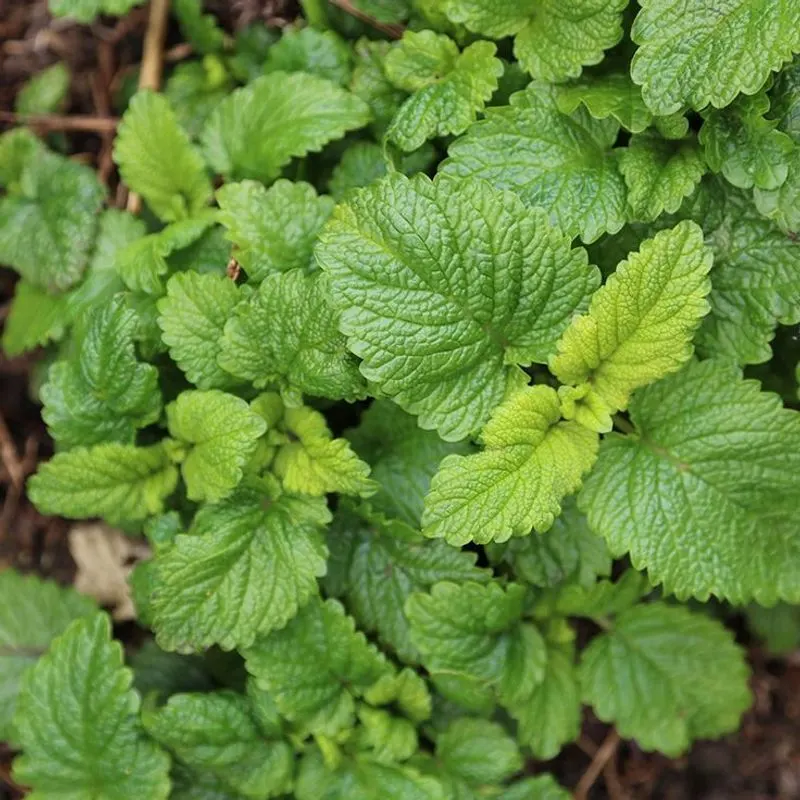
Bright and lemony, lemon balm is a delightful herb with calming properties. Steep it in teas or infuse it into desserts for a citrusy note.
Lemon balm’s aroma is known to reduce anxiety and promote relaxation. It’s a fragrant embrace in your garden and kitchen, offering both flavor and serenity.
Dandelion

Often considered a weed, dandelion is a nutritional powerhouse. Its greens offer a bitter yet refreshing taste, perfect for salads and teas.
With liver-supporting properties, dandelions are more than garden nuisances. They cleanse and nourish, bringing vitality and health to your table.
Stinging Nettle

Despite its prickly nature, stinging nettle is a nourishing plant. Rich in vitamins and minerals, it’s ideal for soups and teas.
Cooking neutralizes its sting, revealing a taste similar to spinach. It’s not only nutritious but also supports joint health and reduces inflammation.
Echinacea

Known for boosting the immune system, echinacea is a vibrant addition to teas and natural remedies. Its unique flavor is a combination of floral and earthy notes.
Sipping echinacea tea can help fend off colds and strengthen resilience. It’s not just a flower; it’s a guardian of health.
Aloe Vera
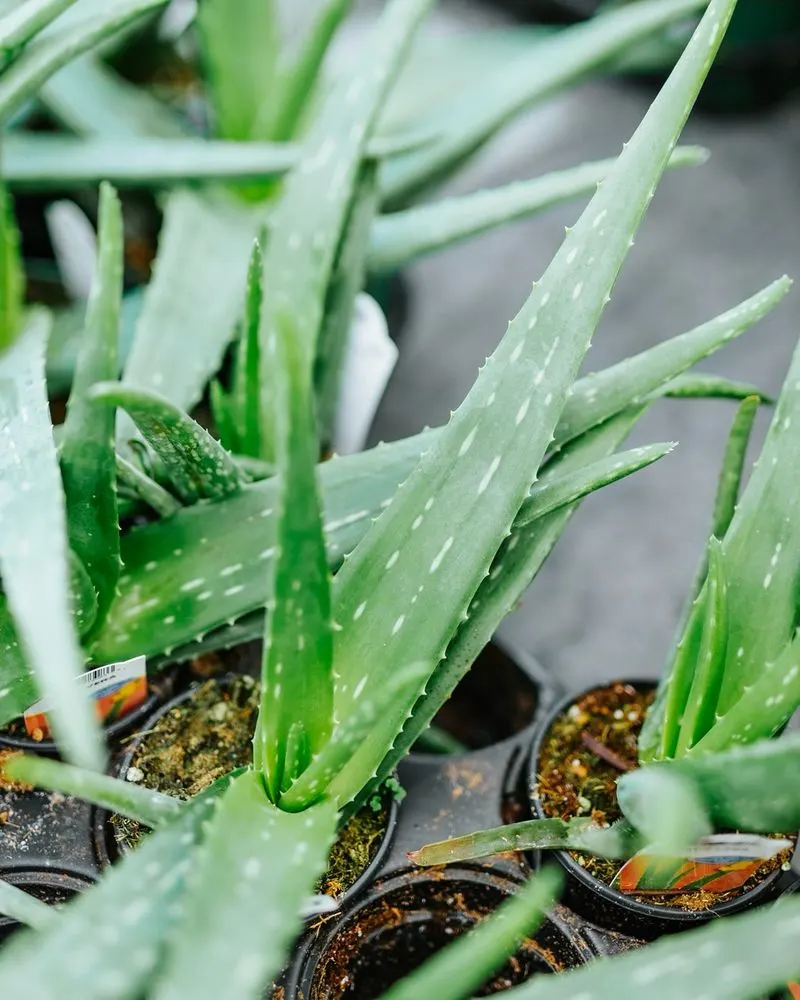
Succulent and soothing, aloe vera is celebrated for its healing properties. Its gel is a natural remedy for skin irritations and sunburn.
Beyond topical use, aloe vera can be consumed for digestive health. Blend it into smoothies for a hydrating boost. This plant is truly a healer inside and out.
Fennel
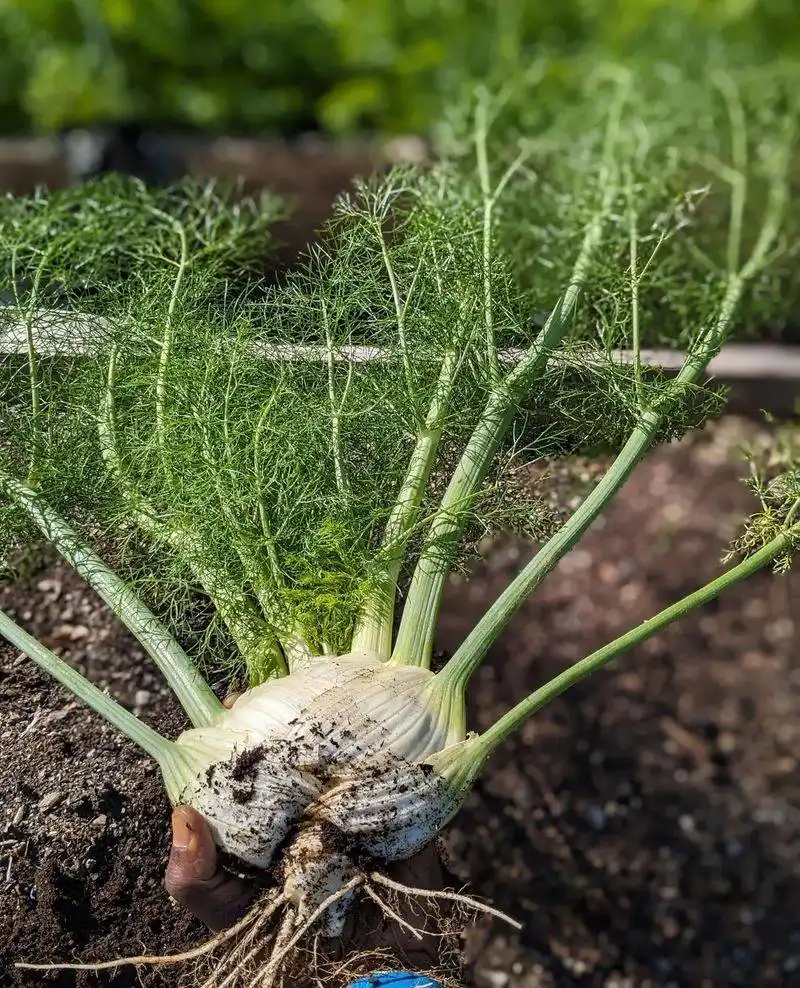
Anise-flavored fennel is a culinary delight with digestive benefits. Its bulb and fronds add a sweet, licorice-like taste to salads and soups.
Fennel’s crunchy texture and aromatic qualities make it a versatile ingredient. It’s a plant that not only flavors dishes but also supports gut health.

